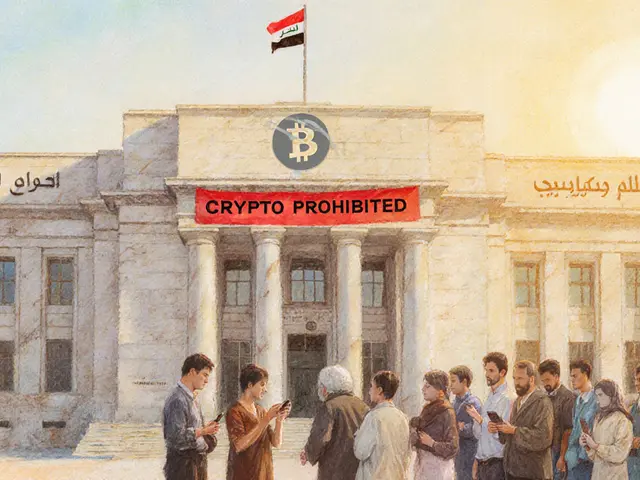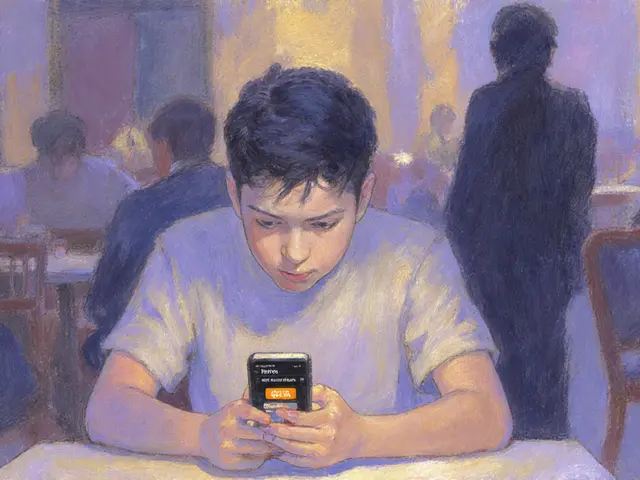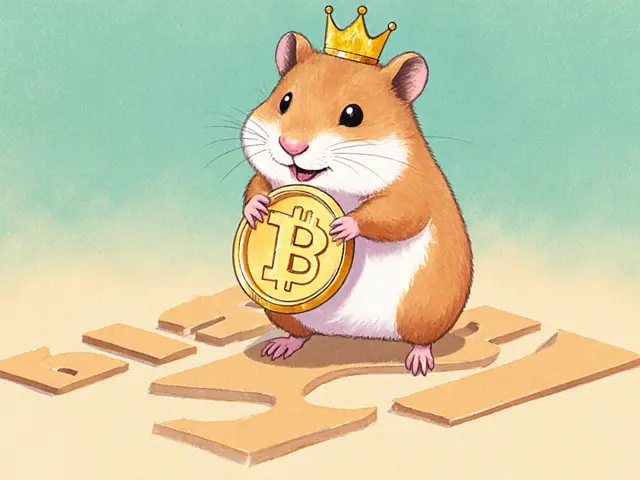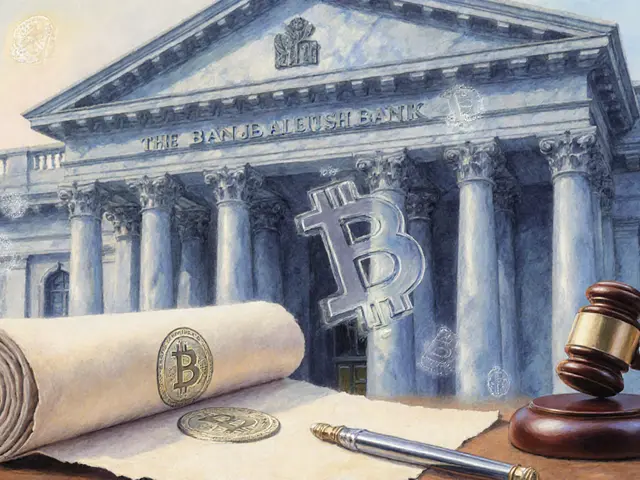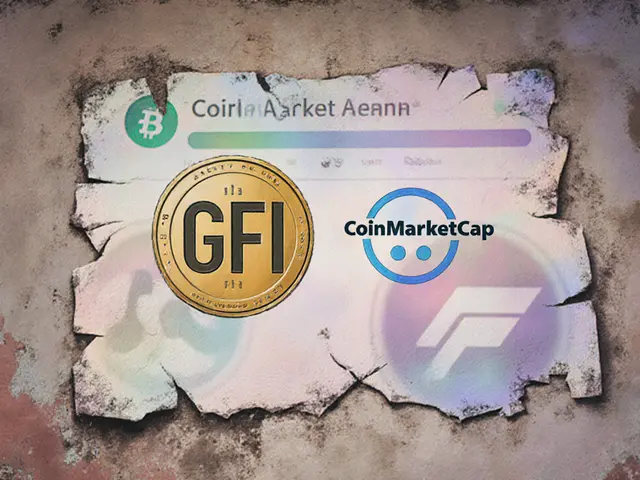NFTs: The Basics, Uses, and Where to Learn More
When talking about NFTs, unique digital tokens that prove ownership of a specific asset on a blockchain. Also known as non‑fungible tokens, they let creators sell art, music, or even yacht shares without a middleman. Smart contracts, self‑executing code that enforces the rules of an NFT make this possible, while NFT marketplaces, online platforms where NFTs are listed, bought, and sold give collectors a place to trade. The whole system rests on tokenization, the process of turning a real‑world item into a digital token, which opens up endless use cases.
How Smart Contracts Power NFTs
Every NFT lives inside a smart contract, so the contract defines who can own it, how it can be transferred, and what royalties the creator receives. This creates a transparent link between the digital token and its real‑world value. For example, the OSEAN project tokenizes yachts: the yacht’s share is represented by an NFT, and the smart contract automatically splits rental income among token holders. Similarly, the REV3AL token uses NFTs to certify artwork authenticity, proving that the piece can’t be copied or faked. The key attribute here is immutability – once the contract is deployed, the ownership rules can’t be altered without consensus.
Because smart contracts are programmable, developers can add extra layers like royalty splits, time‑locked sales, or even unlockable content that only the owner can see. This flexibility fuels the creator economy, letting musicians, gamers, and designers embed revenue streams directly into their digital works. It also means that when you buy an NFT, you’re not just buying a picture; you’re buying a set of rights encoded in code.
Another trend is the rise of NFT‑based airdrops. Projects like Artify partner with platforms such as CoinMarketCap to distribute free ART tokens to NFT holders, rewarding community participation. These airdrops often require a wallet that can hold both ERC‑20 tokens and NFTs, blending the worlds of DeFi and digital collectibles. The result is a richer ecosystem where holding an NFT can unlock additional financial benefits.
When you browse an NFT marketplace, you’ll notice several data points: the token’s contract address, its floor price, total supply, and any royalty percentages. These attributes help you assess risk and potential return. For collectors, the marketplace also offers tools to filter by collection, verify authenticity, and view transaction history. Platforms like OpenSea, Rarible, and newer entrants in the DeFi space make it easy to discover niche collections, from fan‑driven tokens like Fautor to gem‑focused marketplaces using the JADE token.
All of these pieces – tokenization, smart contracts, marketplaces, and airdrops – form a connected web that makes NFTs more than just images. Below you’ll find a hand‑picked set of articles that break down each part, from beginner‑friendly guides to deep dives on specific projects. Whether you’re curious about how a yacht can become an NFT or want to learn the steps to claim a free token, this collection gives you the practical knowledge you need to navigate the NFT landscape.
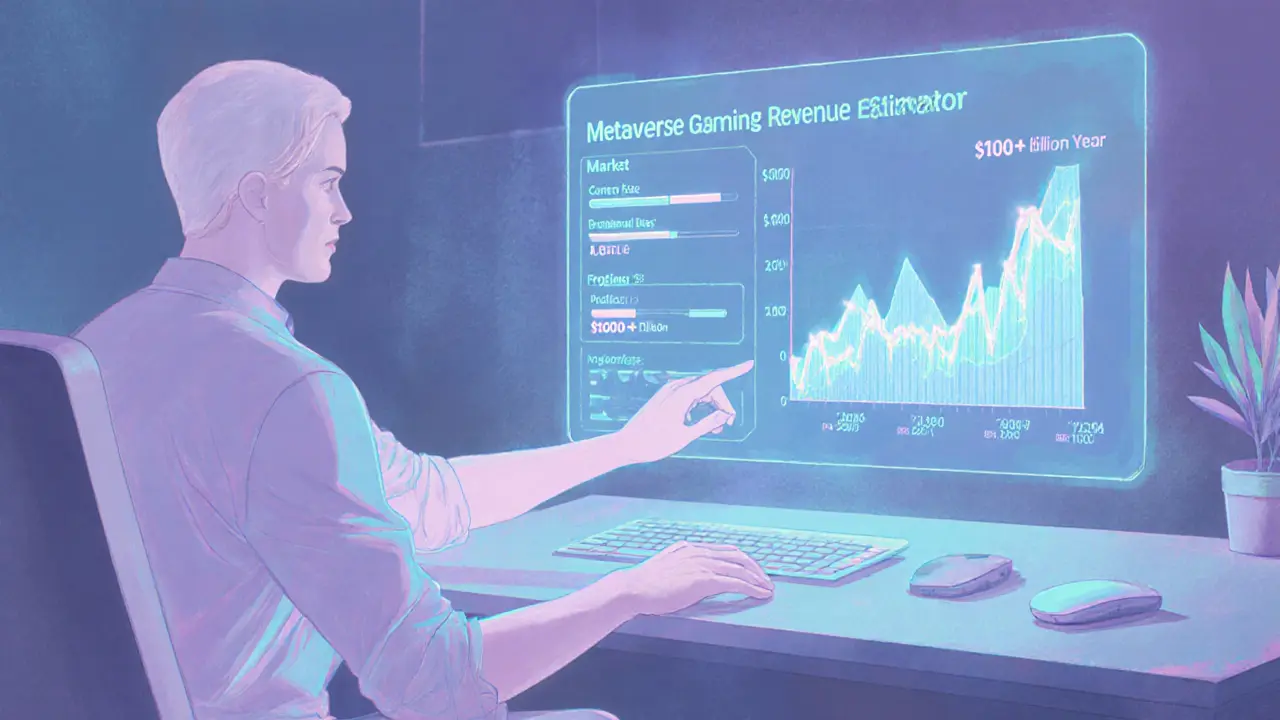
Explore the rise of metaverse gaming, key technologies, top platforms, blockchain impacts, market growth, career paths, and future challenges in immersive entertainment.
Jonathan Jennings Dec 19, 2024
